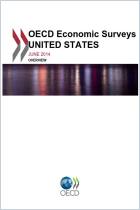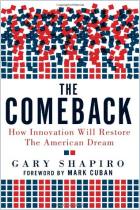
The Smart Society
Strengthening America’s Greatest Resource, Its People
Recommendation
State University of New York professor and former provost Peter D. Salins directly dealt with human capital as head of the largest American university system. He discusses what makes the US a “smart society” – one where all citizens contribute socially and economically. Salins bemoans that countries threaten the US’s historic dominance in education and industry. He devotes most of his discussion to education as the most crucial contributor to human capital. Salins also addresses immigration reform with less polarization than many other commentators, though he is more controversial on welfare reform and is unabashedly nationalistic. His suggestions for practical reform are well researched and thought provoking. While politically neutral, getAbstract recommends familiarity with Salins’s ideas to elected officials, activists, parents, teachers, professors, and anyone involved in education, economics and immigration.
Summary
About the Author
Stony Brook University political science professor Peter D. Salins also directs the university’s graduate program in public policy. He is the former provost of the State University of New York, the largest group of state-run US universities.




















Comment on this summary or Comenzar discusión